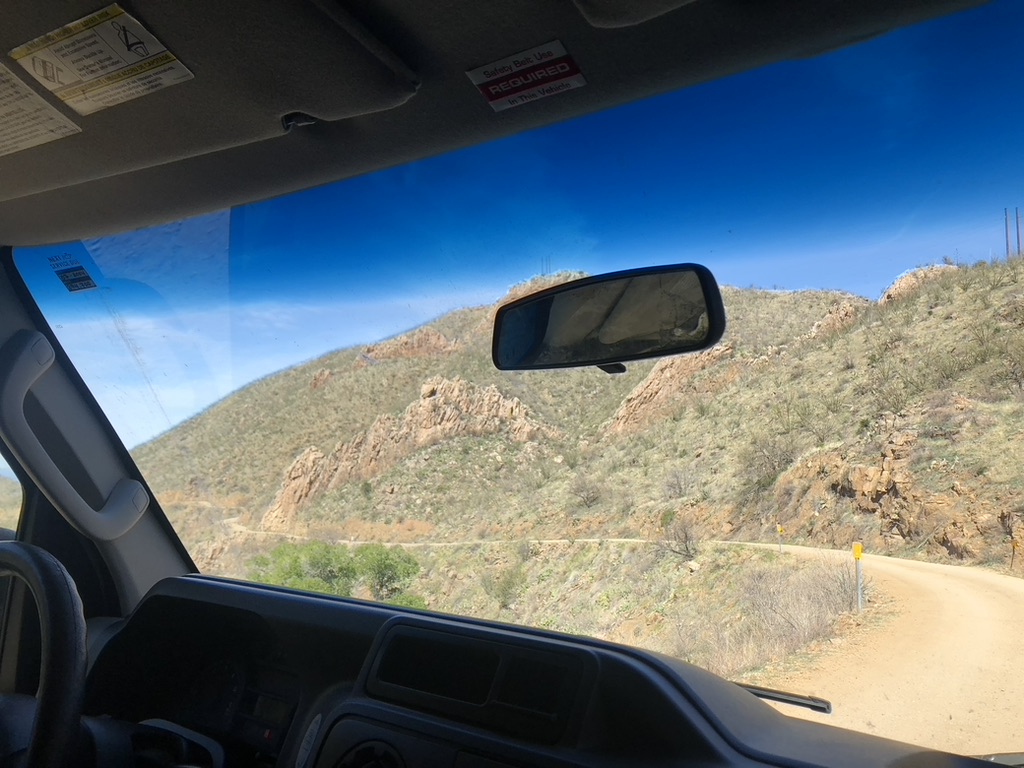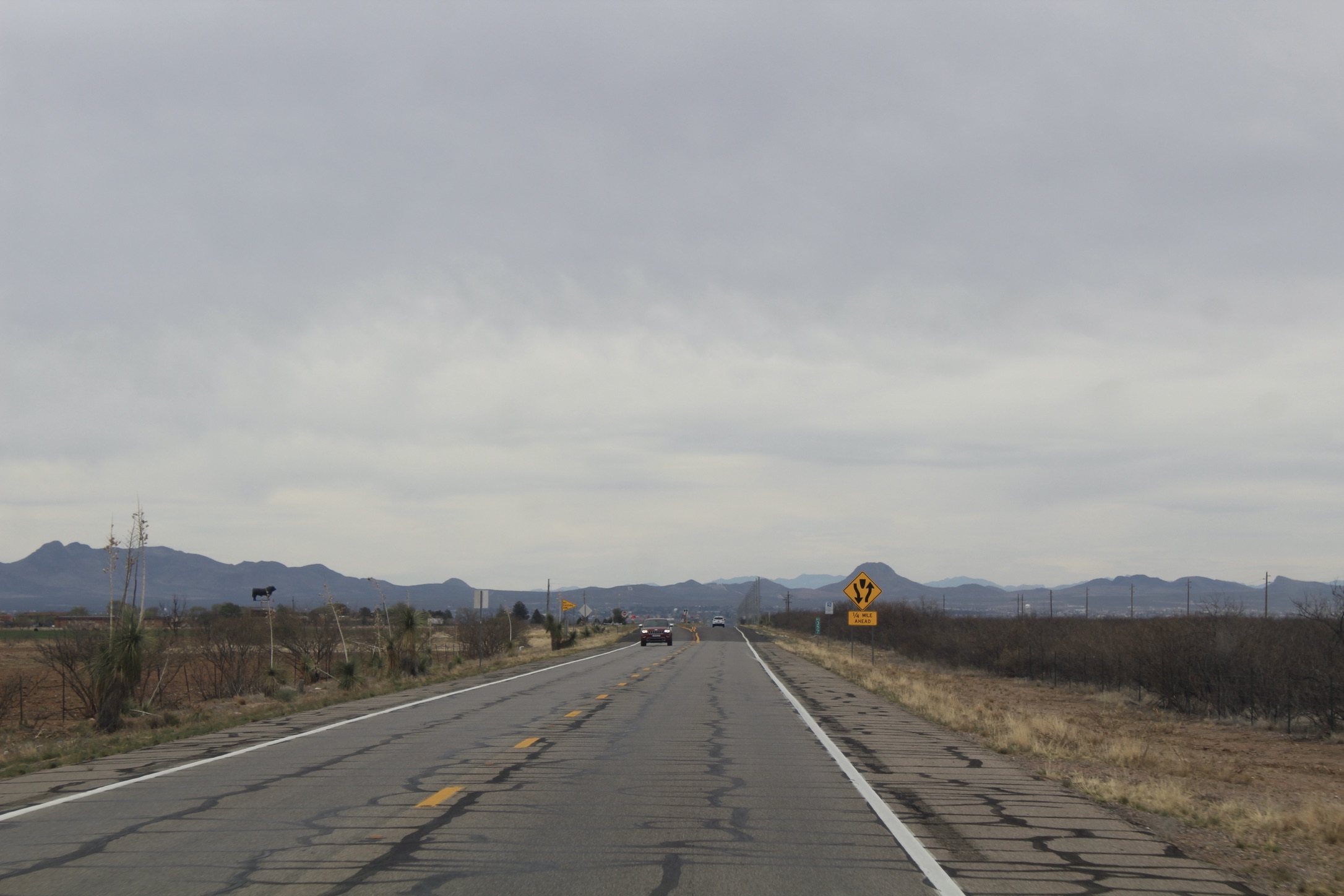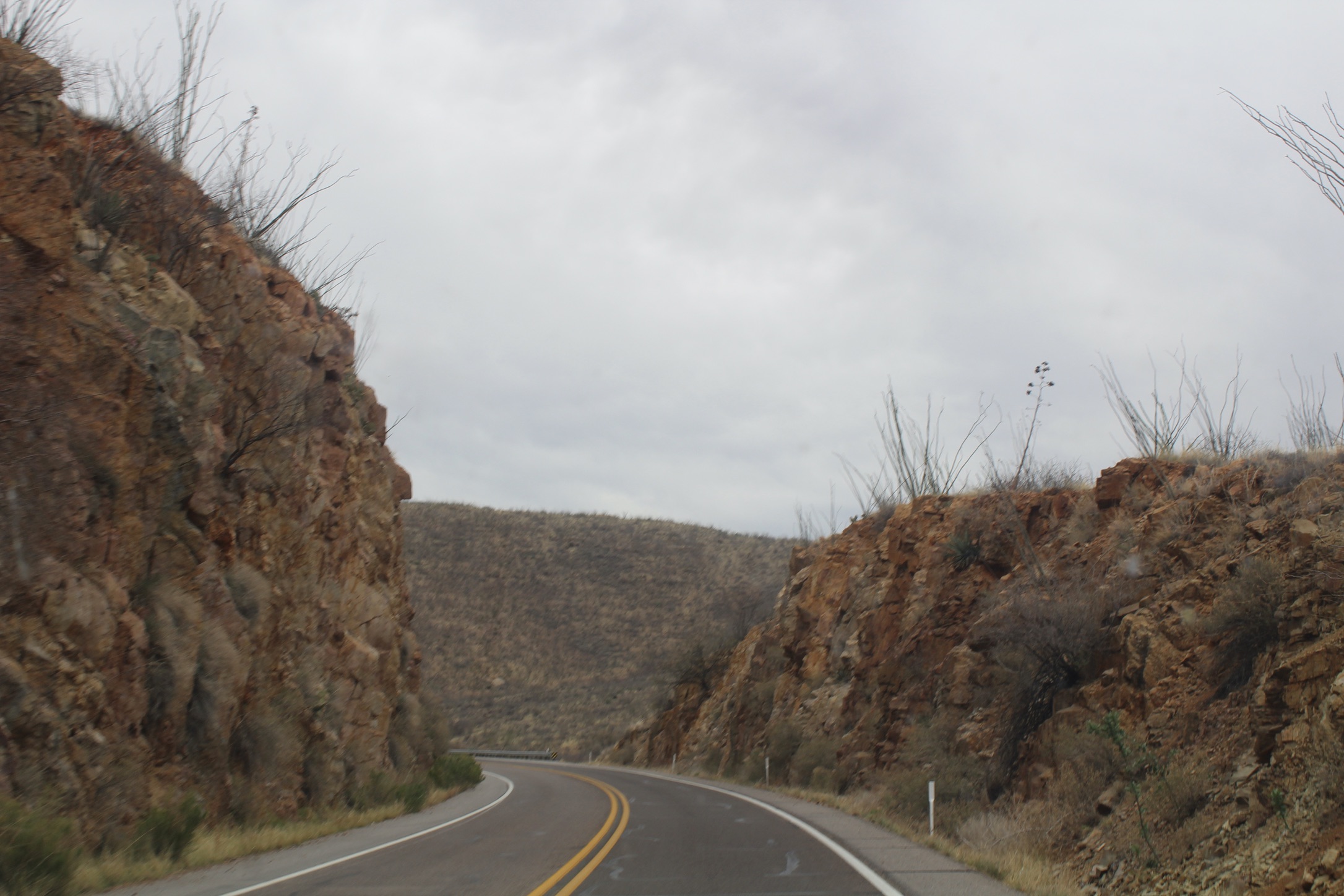Update on my trip to Arizona
For my birthday in December, my big gift from my Mom (who is also a birder) was a 5 day trip to Arizona. The trip was amazing, and we ended up seeing 107 species (with 47 new ones) which is pretty good for 5 days. She left it up to me to plan where in Arizona we would go.
We landed in PHX at lunch after a two hour delay ironically caused by a blizzard in Calgary. We went to pick up our rental car and then started our drive to Tucson. When we got on the big highway we quickly realized that there were some problems with the rental van, mainly being that it's doors had trouble closing and it was pretty slow. Once we got to Tucson our first stop was Silverbell Lake Regional Park, where we saw hundreds of noisy grackles and some very charismatic ducks. In Calgary we don't really have feral mallards or geese so I was excited to see some feral ducks and a Swan goose, who along with a Snow goose (who an Arizona resident told me decided to just stick around and not migrate) decided to follow us around the park. I got my first looks at Gila woodpeckers, Mexican duck, Mallard X Mexican duck hybrid (the only one of the trip), Neotropic cormorant, and Abert's towhee.
After that we took a quick drive over to the Sweetwater Wetlands. Here I got my first looks at lesser goldfinches, vermilion flycatcher, common black hawk, and Lucy's warbler. Another bird I was keen to see (and the main reason we decided to stop at Sweetwater) was the Common gallinule, even though they aren't an Arizona exclusive by any means they definitely aren't a bird we get in Alberta. Just as it was starting to get dark we saw two of them wade past us and into the reeds. For a marsh bird they are very striking and I'm jealous of all the people on the east and west coasts who have them regularly. We also had a Cooper's hawk who we had seen earlier flying over, fall asleep right in front of us as the day came to a close.

After Sweetwater we began the long dark drive to Patagonia.

We arrived in Patagonia too late, and all the restaurants and bars had closed, so we went to our campsite and made some dinner instead.
At the campsite while playing around with my camera I noticed this cool bug who I later found out was a Western Short-horned Walkingstick. (see observations)
We woke up early and went over to the Patton's centre. But not before spotting 2 new birds on the way (Black phoebe and Canyon towhee).
At the Patton's centre we saw our first Violet-crowned and Broad-billed hummingbirds as well as Pyrrhuloxia, Green-tailed towhee, Ladder-backed woodpecker, Bewick's wren, and Gambel's quail.
Some other notable birds were the Cardinals who were of the Arizona subspecies with noticeably taller crests, and the Desert song sparrows with their orangey-brown streaks.
Also of note were the two new mammals! The Arizona grey squirrels were huge, almost beyond disbelief and I'm pretty sure they would eat our squirrels for lunch. Also while we were looking at hummingbirds, a Botta's pocket gopher popped up at our feet!
After a very succesful trip to the Patton's centre we went to Patagonia Lake SP. The lake was also good and we saw some new species like Verdin, Black-throated sparrow, Bell's vireo, and Bridled titmouse. The Bell's vireo was very evasive and I didn't get a great photo but its song was very pretty. Verdin are exceptionally cute birds and were fun to watch.
After a lunch heckled by grackles at Patagonia Lake, we decided to do Tubac so that we had close to a full day in Madera canyon the next day.

In Tubac we saw our first Phainopeplas and Rufous-winged sparrows along with Peccaries and a flock of 300+ turkey vulture that flew over.
Soon it was getting dark, and we had dinner at a restaurant in Tubac before heading back to our campsite. In the morning we started our drive towards Madera Canyon, taking the Box Canyon as was suggested. On the road near Greaterville we saw a group of Meadowlarks, among them were some that I'm pretty sure were Chihuahuan meadowlarks.
Then continuing on the road a bird about the size of a pheasant with a crested head and a long tail glided across the road in front of our vehicle. Despite me not knowing that roadrunners could fly I immediately knew what the only thing it could be was. I jumped out of the van just in time to snap a bad photo of it before it ran off.
Box canyon was a little bit of a risky drive, it probably would have been fine in any SUV but in a van from the 90s we were definitely pushing our luck.


In the canyon we stopped by a big Arizona Sycamore where amongst a group of 15 kinglets, we spotted a Black-throated grey warbler.
At Madera is where we saw most of our birds. Lifers from the canyon were Acorn woodpecker, Hutton's vireo, Painted redstart, Arizona woodpecker, and Mexican jay. Also of note were the White-breasted nuthatches (Interior west subspecies) and White-tailed deer (Coue's subspecies).
We then made a quick stop at the Santa Rita Lodge where we saw among many Broad-billed hummingbirds, our first Yellow-eyed juncos of the trip as well as our first looks at turkey's in AZ.
Then we started off on our drive to the Ramsey Canyon Cabins where we would be spending the night in our van. There we saw many Rivoli's hummingbirds, the only ones of the trip. Besides their vibrant colours what surprised be the most about them was just how big they were! They were twice the size of the broad-billed hummingbirds. I saw one lone female Anna's hummingbird too, which was a lifer for me. While there it got dark quick, and I messed up a chance to see some elf owls and scared them off which was very frustrating. We also heard Western screech owl and Bushtit - neither of which I've seen.
In the morning we headed to Ramsey Canyon itself and ended up going on a guided tour. The first thing I saw when I got out of the van in the parking lot was a Painted redstart who was fighting his own reflection! He let me get very close to him because he was too preoccupied with fighting the rival in the mirrors of cars. I'd like to think he figured it out eventually, because he wasn't there when we came back.
We also got to the see Montezuma Quails! These were birds that I had no expectation of seeing on the trip, because I knew that they were relatively secretive, so I was very surprised when I looked through my camera to try to figure out what the tiny birds at the base of a tree off the trail were and I saw them looking back at me.
After the quails we were back on the road, driving through Bisbee, Douglas, Apache, and Rodeo on Historic Route 80.



Just after we drove through Apache, which is apparently a ghost town, I spotted a group of ravens in a dried up orchard. When the wind picked up, revealing the white feather underneath I knew we were looking at Chihuahuan ravens.
We stopped briefly just outside of Portal with hopes of seeing Scaled Quail. We didn't see any but I did get a better look at a Canyon towhee before we drove off.
We then ate lunch in Portal and headed to the famous Cave Creek Ranch. Initially I had planned on us spending less time there, which probably would have led to us seeing more birds since when it started getting dark we had to cut out going to the Willow Tank and the LeConte's thrasher spot. Cave Creek gave us great looks at nearly all the birds we had seen throughout our trip in the southeast, as well as two new birds, the Blue-throated mountain-gem and the Cactus wren.
Soon after, following great advice from one of the staff at the ranch, we drove to a special spot to look for Mexican chickadees, a bird that I was especially eager to see. The road there was not meant for old vans, and probably would have been rough even for a proper SUV, so it wasn't a very happy drive there. Once we got there it was already getting dark very quick... I heard and saw the movement of multiple birds that I can only assume were these fated chickadees from what I know my chickadees sound like at home. Ultimately it got dark too quick, and I never got to see them. The next day was going to be very windy and miserable so I don't think and extra day would have done us any good regardless. If (or when) I go back to the Chiricahuas, at least I know where to look for Mexican chickadees. The drive back in near total darkness was worse than the drive there. We then spent the night at a cabin (the first real bed of the trip) near McNeal. The next day was rainy and windy as to be expected but it ended up clearing up enough for me to take a walk outside and see some of the birds on the property.
We then embarked on the long trip back to Phoenix with some planned stops in Tucson. On the way we stopped for about 15 minutes in Tombstone, just to see the place before going back in the van and arriving in Tucson in the late afternoon. Our first of two stops was Saguaro National Park (east) where we headed to the Javelina Picnic Area. There, it rained on us off and on for most of the time we were there. Once it cleared up we finally got our looks at a Gilded flicker, who after some running up and down the trail, finally let us get a good look when he perched on top of a Saguaro.

While there we were told by the campsite we had planned to stay at near Phoenix that we needed to cancel because we wouldn't be there in time to check in. Which left us without a place to stay before we finally found a hotel in Tempe that had room. Finally our last stop of the trip was a Sod farm near Marana north of Tucson, to look for Burrowing owls. It was starting to get dark and I didn't have high expectations that we would see any owing to our luck with owls so far on the trip. But I rejoiced when I saw out in the field five burrowing owls sitting on top of their man-made burrows.
The burrowing owls ended the trip on a high note, and were probably the highlight of the trip for both of us. After that we continued on our way to Tempe and by the next day we were back in snowy Calgary.





